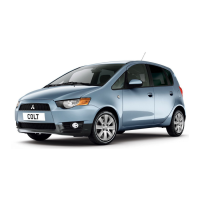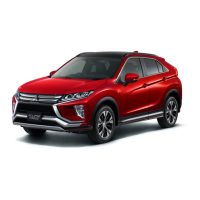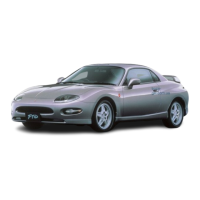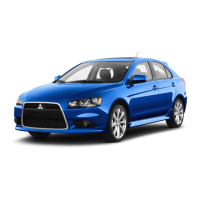FOR EMERGENCIES
8–20
CAUTION
Keep the engine of the vehicle giving
assistance running.
7. After the engine is started, disconnect
the cables in the reverse order.
WARNING
(1) Charging the battery while it is in-
stalled in the vehicle might cause
the battery to catch fire and ex-
plode. Or damage to the vehicle
could result. If it has to be
charged in that condition for un-
avoidable reasons, disconnect
the vehicle side negative (-) ter-
minal connected to the battery.
(2) Keep sparks, cigarettes and
flames away from the battery be-
cause the battery may produce
an explosion.
(3) Use adequate ventilation when
charging or using the battery in
an enclosed space.
(4) Remove all the caps before
charging the battery.
WARNING
(5) Electrolyte is corrosive diluted
sulphuric acid.
If electrolyte (battery acid) comes
into contact with your hands,
eyes, clothes and the painted sur-
face of your vehicle, it should be
thoroughly flushed with water. If
electrolyte gets in your eyes,
flush them with water immediate-
ly and thoroughly, and get prompt
medical attention.
CAUTION
(1) Do not attempt to start the engine
by pulling or pushing the vehicle.
It could damage your vehicle.
(2) Always wear protective eye
goggles when working near the
battery.
(3) Keep the battery out of the reach
of children.
NOTE
On a vehicle with an anti-lock brake system,
if the vehicle is put in motion without fully
charging the battery it might cause the loss
of the smooth engine operation and the anti-
lock brake warning lamp to illuminate.
Refer to “Anti-lock brake system (ABS)” on
page 5–28.
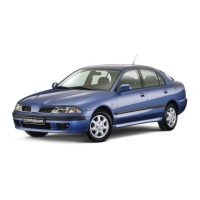
